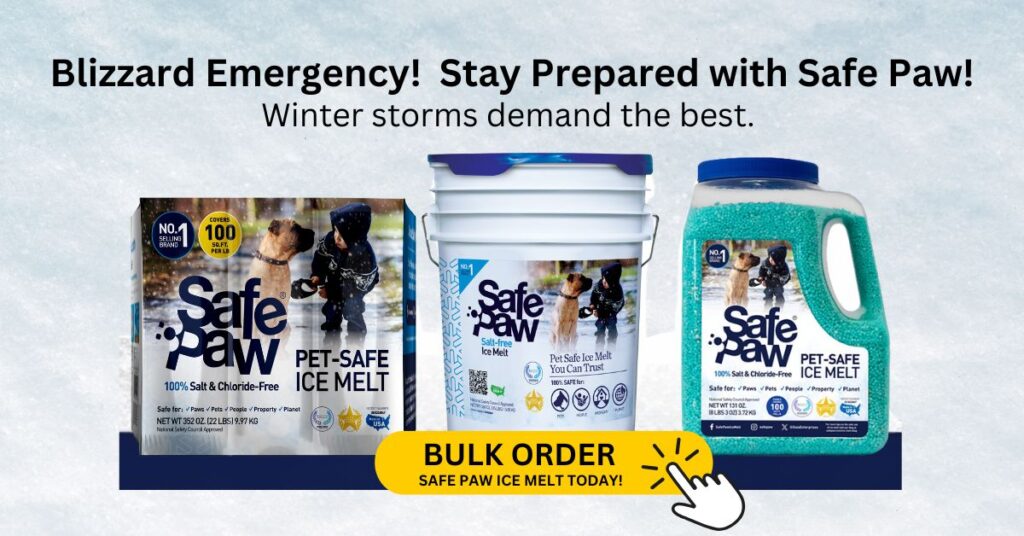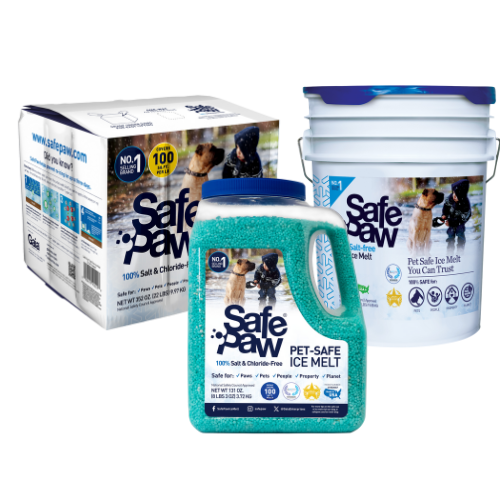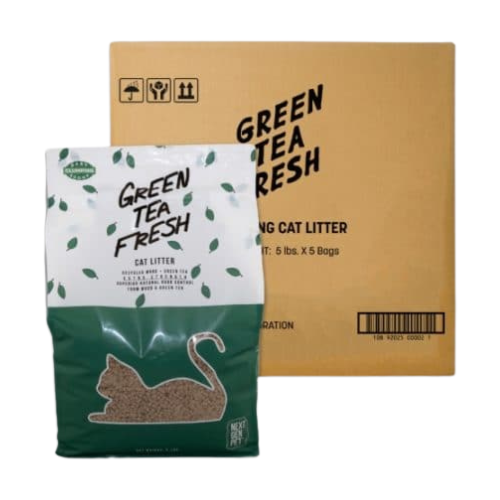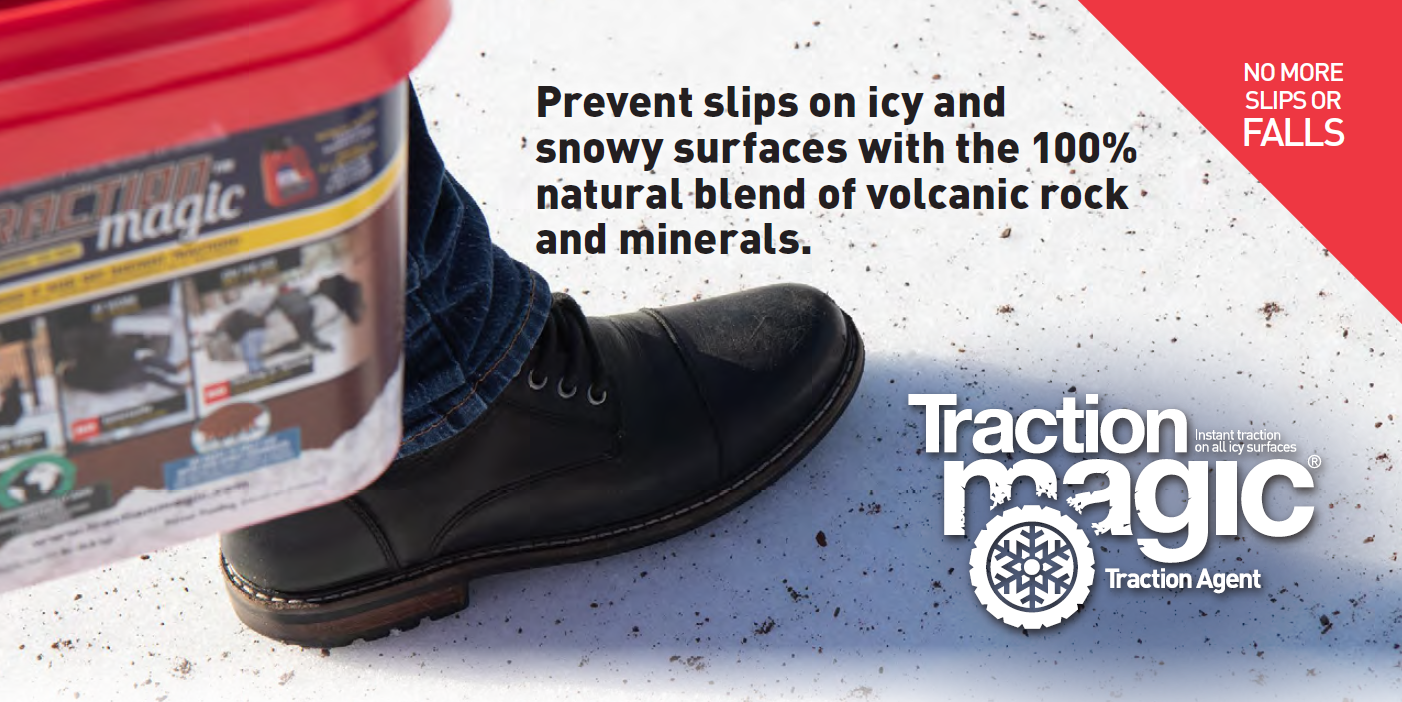Snow On Your Roof: The Good, The Bad, And The Dangerous
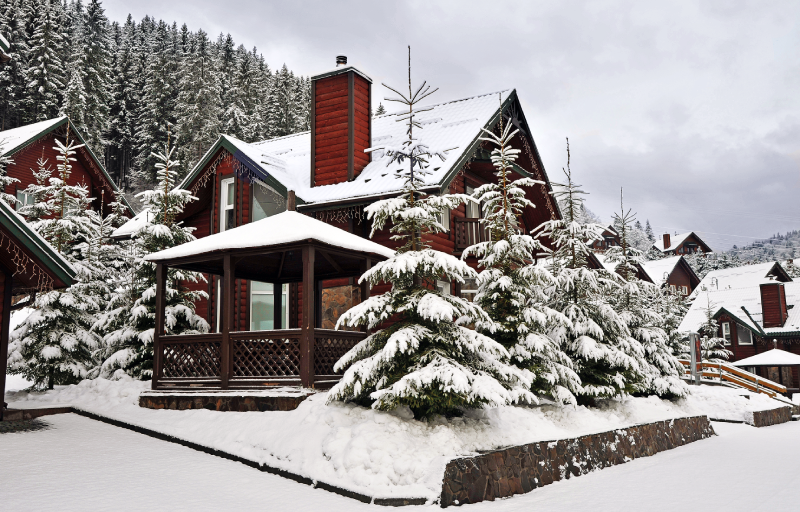
It’s a magical moment when the first snowfall of the season falls. The world outside softens and whitens, and the sun gleams off the fresh snow, creating a beautiful winter wonderland. For many people in the country’s colder regions, the magic fades quickly as snow accumulates and harsh weather makes day-to-day life more difficult. The truth is that having too much snow on your roof can be a serious safety hazard. Fortunately, you can take precautions like using ice melter for roof beforehand to keep your home safe during and after a severe snowstorm.
Ice Melt For Roof
Remarkable Benefits Of A Good Snowy Roof
It’s not always a bad thing to have snow on your roof. Having a light layer of snow on top of your house has some advantages. When snowflakes pile up on top of each other, air pockets form, muffling sound. As a result, when it snows, you might notice that your house is a little quieter.
A layer of snow can act as insulation, keeping your home warm and preventing heat loss through the attic. Melting snow may indicate that heat is escaping through your roof. Warm air will rise and escape through gaps and cracks in your roof, melting the snow.
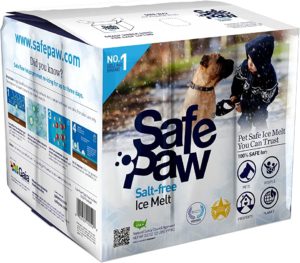
Pet Friendly Ice Melt – Safe Paw!
The Original and the #1 Child and Pet Safe Ice Melt for over 20 years. Guaranteed environmentally safe – will not harm waterways and sensitive wetlands.
Removal Is Necessary For Bad Snow
Heavy snowfall can have some strange effects on your roof. If there’s a lot of it, you might have to devise a strategy for getting rid of it, though you’ll have to be cautious. Melting snow that condenses into ice and then refreezes can cause ice dams, which can be problematic.
Winter roof maintenance is essential for keeping your roof in good shape all year. It’s also the most important factor in avoiding roof damage and collapse caused by snow and ice accumulation.
How Snow Affects On Roofs?
Snow can affect roofs in several ways:
- Weight Load: Excessive snow accumulation can add significant weight to your roof, potentially causing structural damage or even collapse. The question is how much snow can a roof hold.
- Ice Dams: Snow can melt and refreeze at the roof’s edge, forming ice dams. These dams can lead to water infiltration, damaging your roof and interior.
- Leaks: As snow melts, it can find its way into roof cracks and gaps, causing leaks when it refreezes.
- Gutter Damage: Snow and ice can damage gutters, eavestroughs, and downspouts when it accumulates and freezes.
- Safety Hazard: Falling snow and ice from the roof can pose a safety hazard to people and pets below.
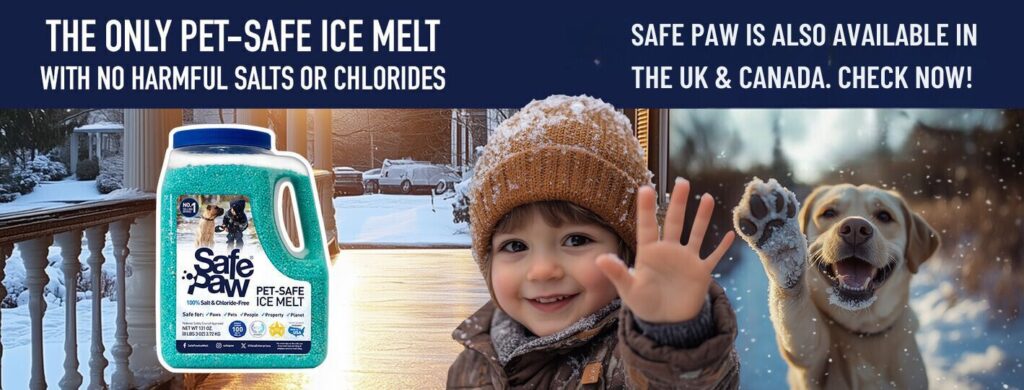
Prepare For The Impending Snow And Ice Storms.
It’s important to keep ice off sloped roofs and reduce the rate at which ice accumulates on the roof by making sure attics are well ventilated, so snow doesn’t melt and refreeze as ice. When the attic isn’t properly ventilated, the home’s hot air builds up, causing melting and freezing, which leads to dangerous ice dams. Melted snow and ice can enter a roof through the eaves, causing water damage to flat roofs if ice dams form and prevent water from flowing into the roof drains. During the winter, preventative maintenance and homemade snow melt are essential to avoid costly repairs.
A roof collapse is a serious occurrence that can result in the loss of property and possessions and the loss of life. Snow and ice accumulation, as well as the danger it poses to your roofing system, are not to be taken lightly.
Pet Safe Ice Melt – Safe Paw
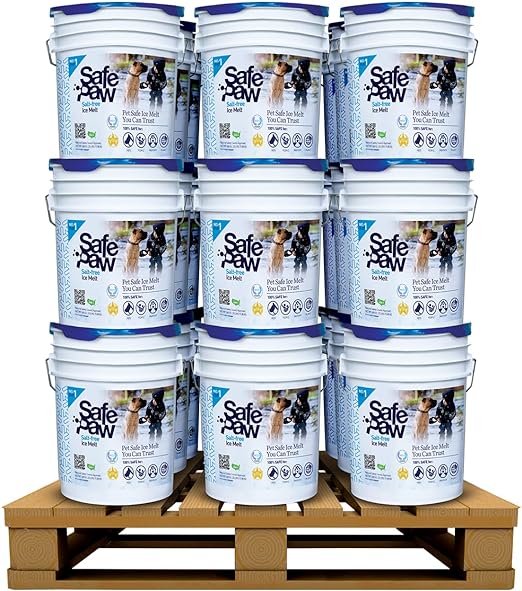
Safe Paw, Child Plant Dog Paw & Pet Safe Ice Melt -35lb, 36 Pails

Safe Paw, Child Plant Dog Paw & Pet Safe Ice Melt -22lb, 100Bboxes
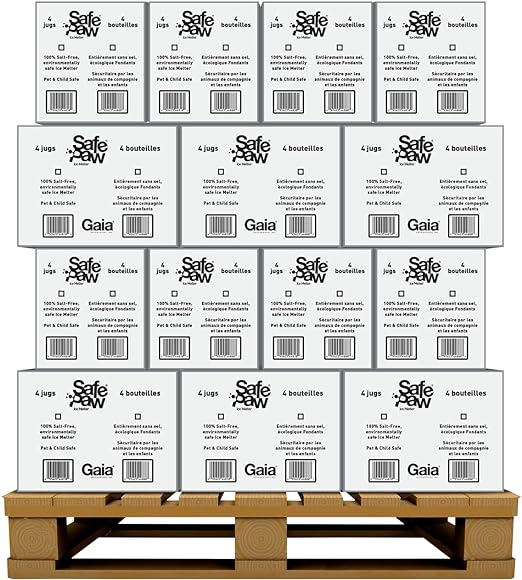
Safe Paw, Child Plant Dog Paw Pet Safe Ice Melt, 160 Jugs
Pet Products Powered By EzPz.pet
Eco-Friendly Roof Melt Alternatives and How to Apply Them
Winter is beautiful until the roof starts piling up with snow, turning into a costly problem. Traditional methods like Calcium Chloride Roof Melt might seem effective, but at what cost? These chemical-laden products often lead to corrosion, roof damage, and harm to the environment. Let’s explore safer, more sustainable options and guide you on how to apply roof melt correctly.
Gaia Enterprises Inc. delivers 100% pet-safe and environmentally friendly winter products. Safe Paw, our flagship product, is the #1 selling pet-safe ice melt that does not harm pets, safe if ingested, and safe on all types of concrete.
Why Avoid Calcium Chloride Roof Melt?
Calcium Chloride Roof Melt is popular because it melts ice quickly. But it comes with downsides. It corrodes metal gutters, damages shingles, and leaves harmful residues. Not only does it impact the integrity of your roof, but it also harms plants and pets when the runoff reaches the ground. Imagine that runoff eating away at your garden and leaving behind toxic elements dangerous to animals. No one wants that, right?
Instead, it’s time to consider eco-friendly options like Safe Paw, which doesn’t contain harsh chemicals. It’s designed to be safe for the environment, your roof, and your pets. Why risk using toxic solutions when safer alternatives exist?
Eco-Friendly Roof Melt Alternatives
- Safe Paw: Unlike traditional chemical melts, Safe Paw offers an effective solution without the corrosive effects of calcium chloride. It’s non-toxic, salt-free, and safe for pets, children, and the environment. You don’t have to worry about your roof deteriorating or harming nearby plants. Its formula is gentle, effective, and leaves no harmful residues.
- Beet Juice Mixtures: People have turned to beet juice as a natural de-icer, and while it works, it can leave a mess. Beet juice can stain your roof and property, and managing those unsightly stains is not something most homeowners want. Compared to Safe Paw, it’s less convenient and far from ideal.
- Sand for Traction: Using sand or ashes doesn’t melt ice, but it helps improve traction. However, it doesn’t actually prevent or eliminate ice buildup, leaving you with a slippery, problematic situation. Plus, cleaning up afterward can be a chore. Safe Paw provides a melt that works, reducing both effort and danger.
How to Apply Roof Melt: Step-by-Step Guide
So, how to apply roof melt effectively without causing more problems? Here’s a quick step-by-step:
- Safety First: Never climb on an icy roof. It’s dangerous. Use a long-handled roof melt applicator to spread the product from the ground safely.
- Target Specific Areas: Apply Safe Paw to areas that accumulate the most ice—like eaves, valleys, and gutters. You don’t need a lot. Safe Paw is highly effective in small amounts, unlike other products that require repeated application.
- Apply Early: To get the best results, apply roof melt before heavy snow hits. Safe Paw forms a protective layer that prevents ice from bonding to the surface, which means fewer problems as winter storms roll in.
Investing A Little In Snow, Goes A Long Way
With a snow shovel or homemade snowmelt, you can’t exactly get on top of your roof. If you have an asphalt roof, you run the risk of causing serious damage to your shingles, which can lead to your roof leaking and causing all sorts of problems. Instead, you can use a safe paw, non toxic pet-safe ice melter for the roof. This winter, get the best roofing care to reduce the risk of snow and ice accumulation.
FAQs
Other Ice Melt Products
Traction Magic
Stay safe on slippery surfaces with a product that’s 100% natural and safe for pets, people, and your property. Use Traction Magic on sidewalks, steps, or as instant traction for your car.
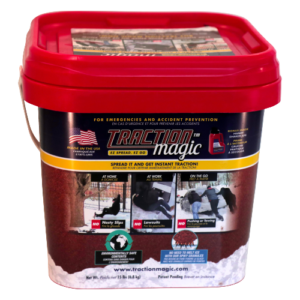
Safe Thaw
Imagine an ice melt you can put down and never worry about. It won’t harm pets, kids and your property. That’s Safe Thaw. Unlike anything else on the market, Safe Thaw can change how winter affects our planet.
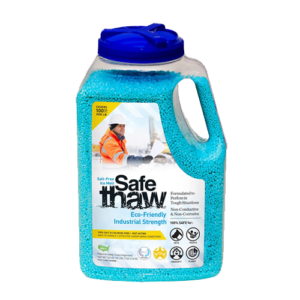
Walk On Ice
Prevent slips at home, work or on the go, The handy disposable canister can be taken everywhere, with the same 100% naturally occurring minerals that provide instant traction on ice or snow.
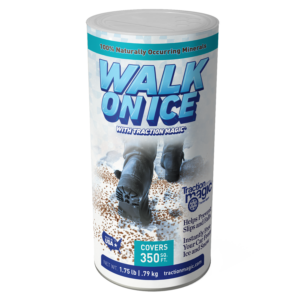
Safe Thaw
Imagine an ice melt you can put down and never worry about. It won’t harm pets, kids and your property. That’s Safe Thaw. Unlike anything else on the market, Safe Thaw can change how winter affects our planet.

